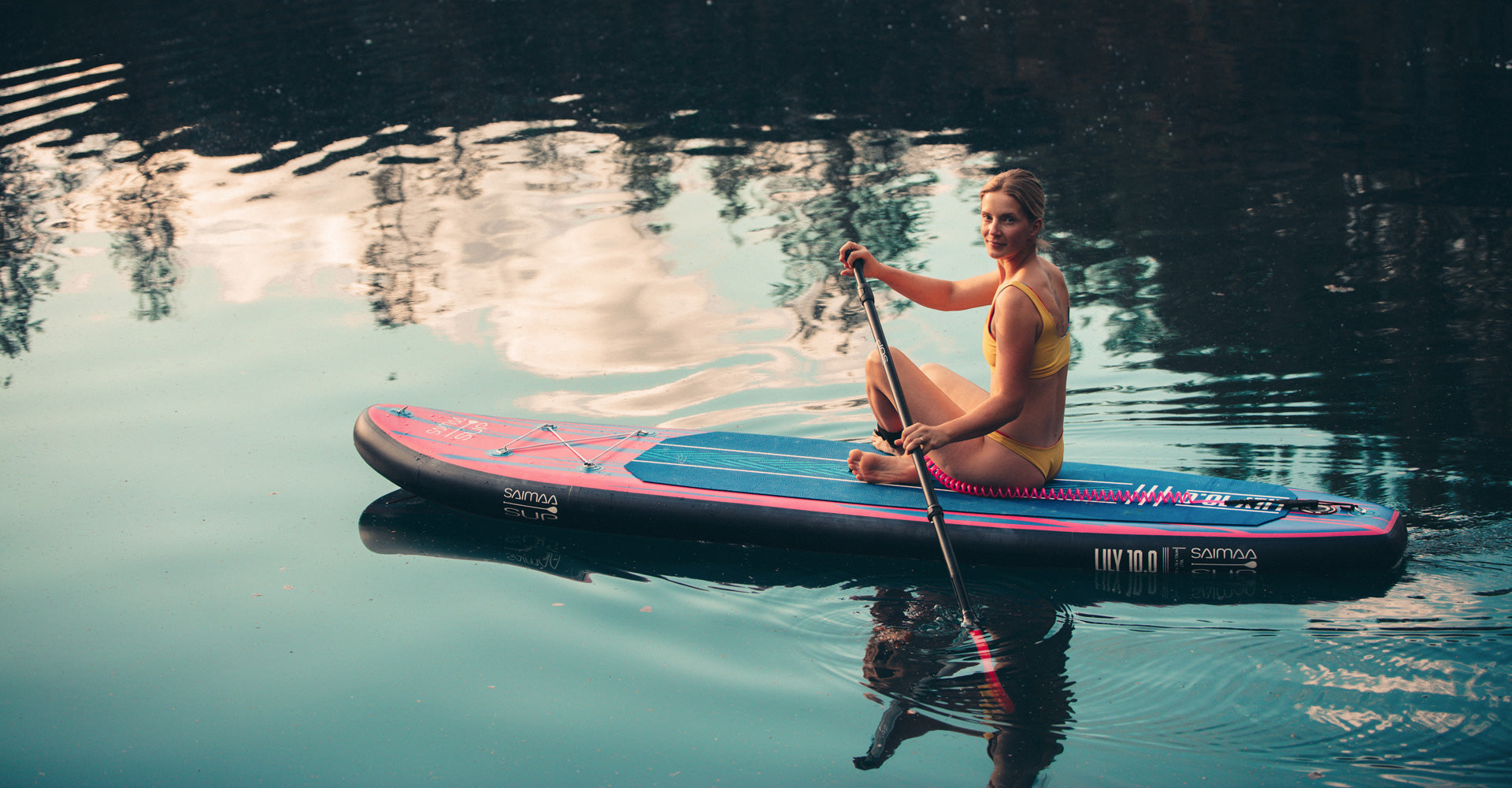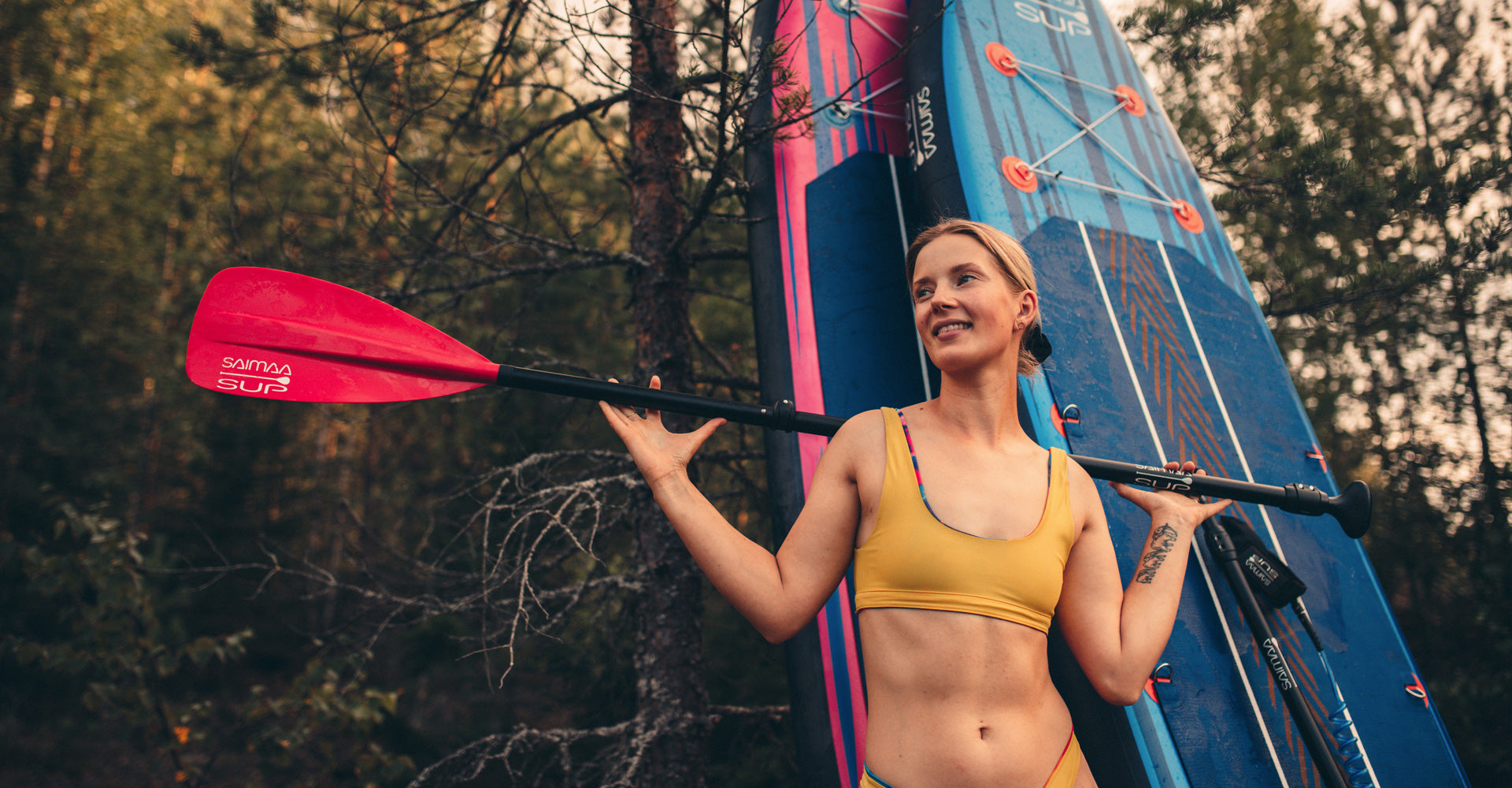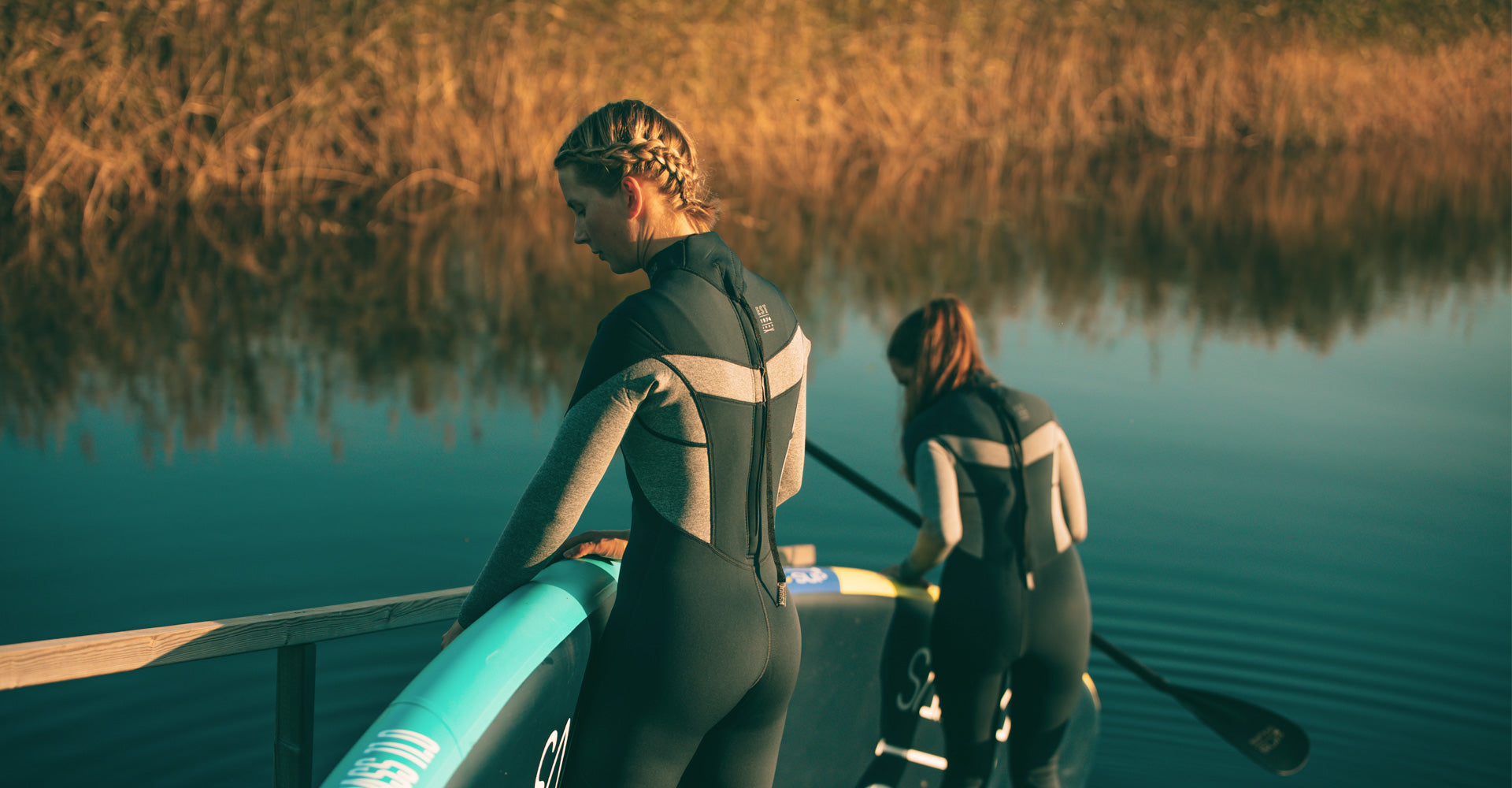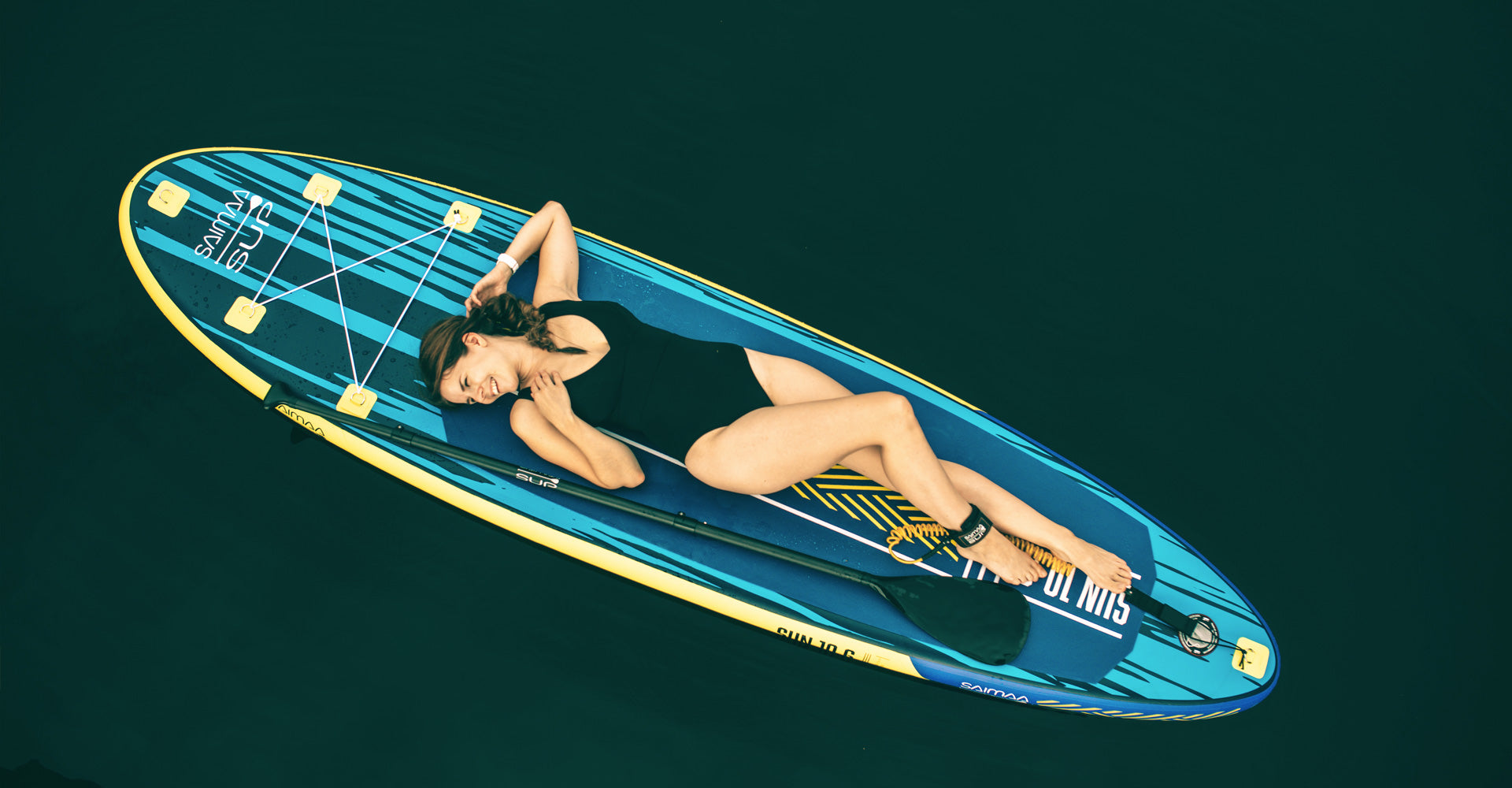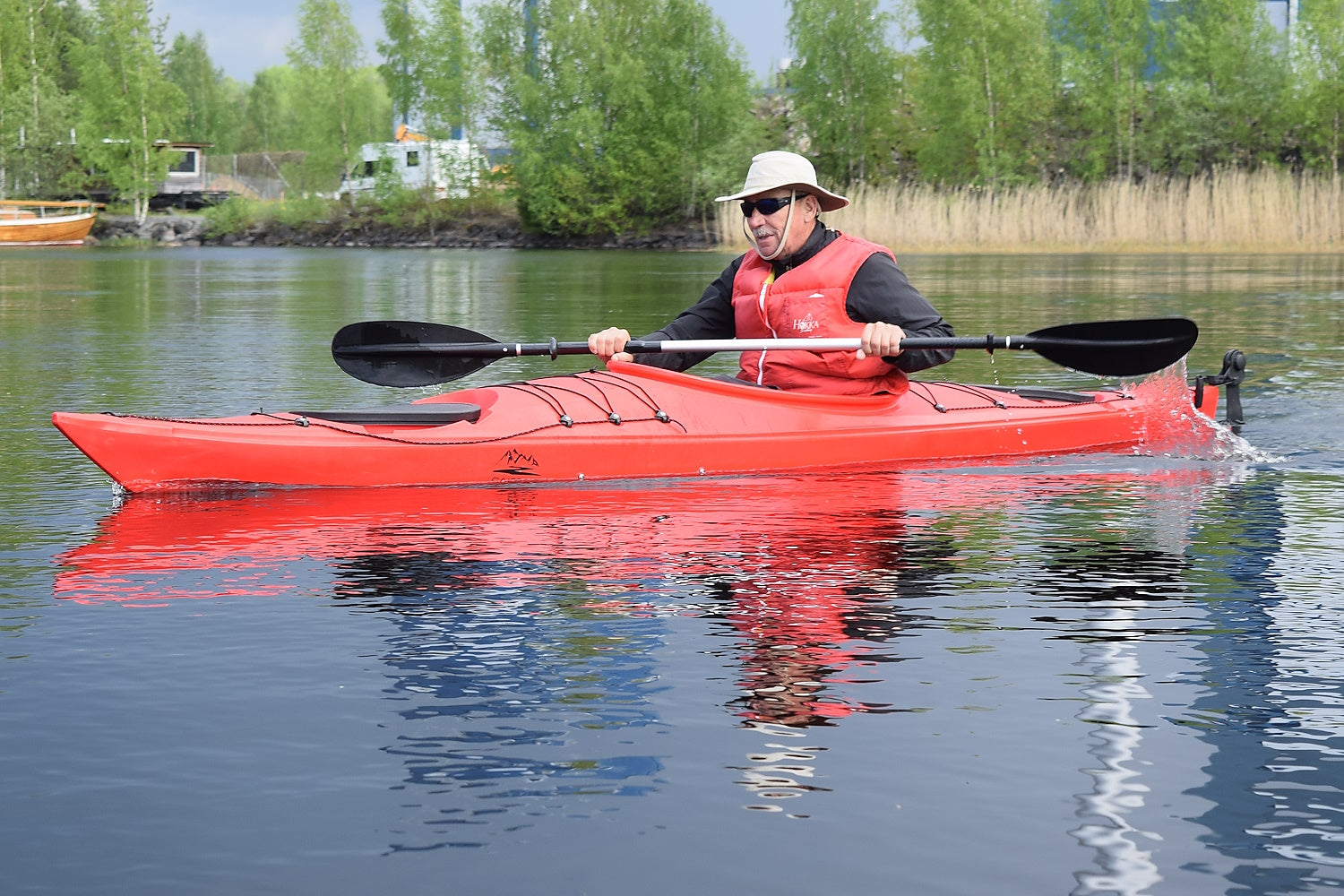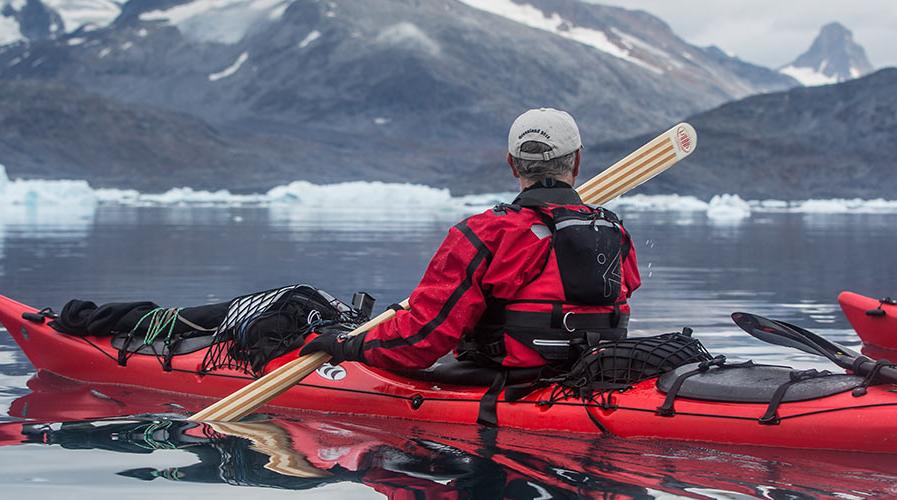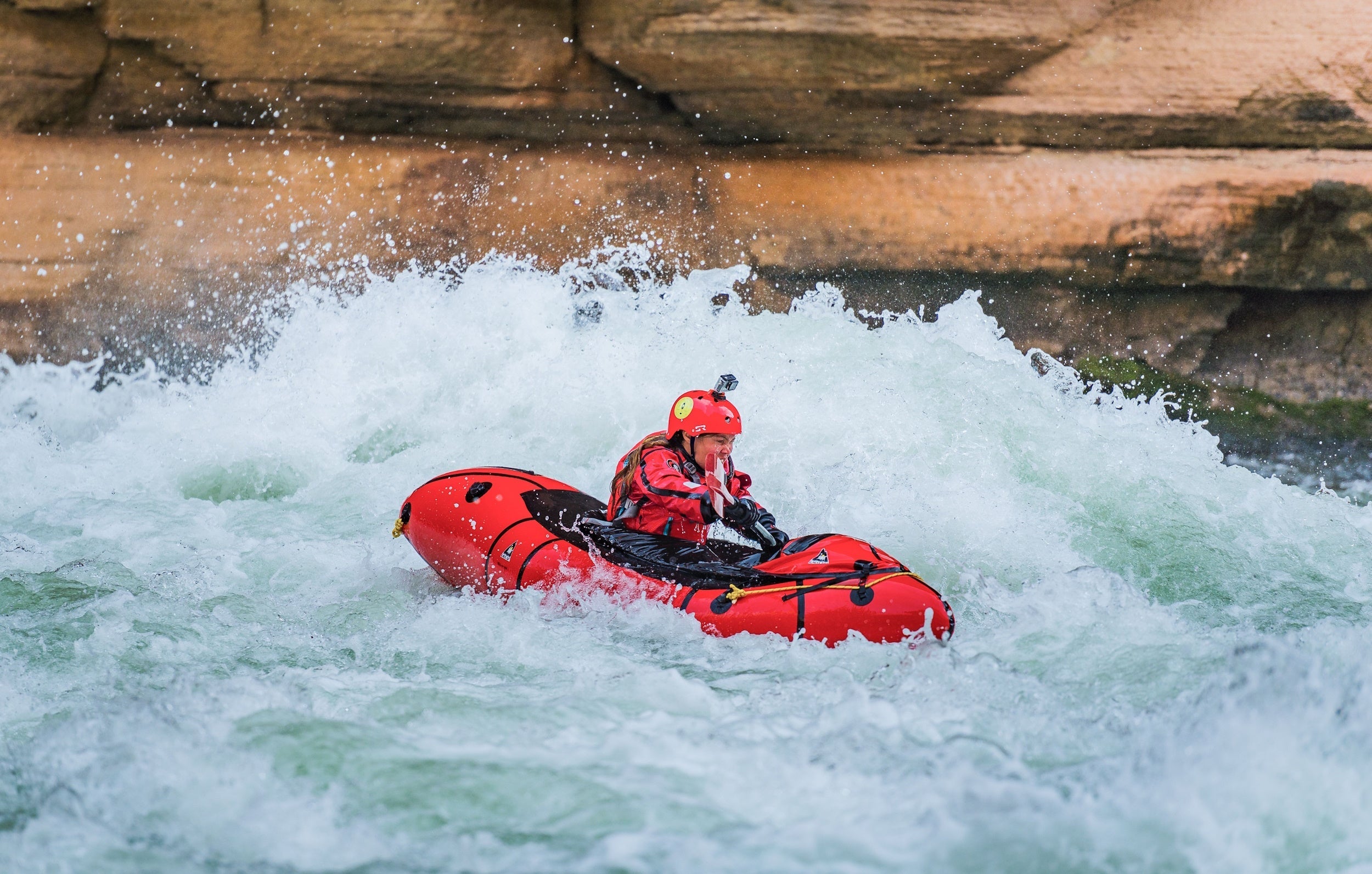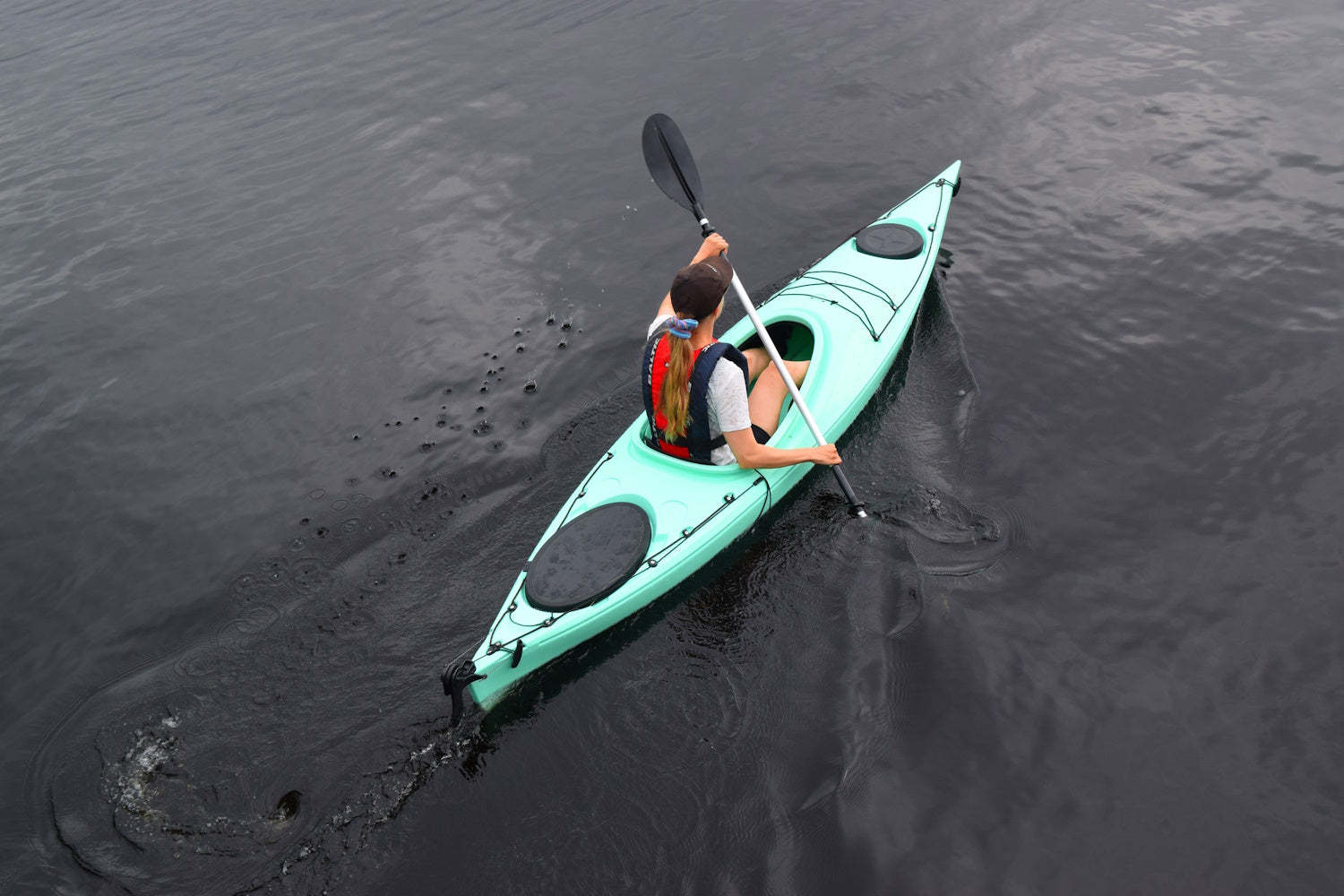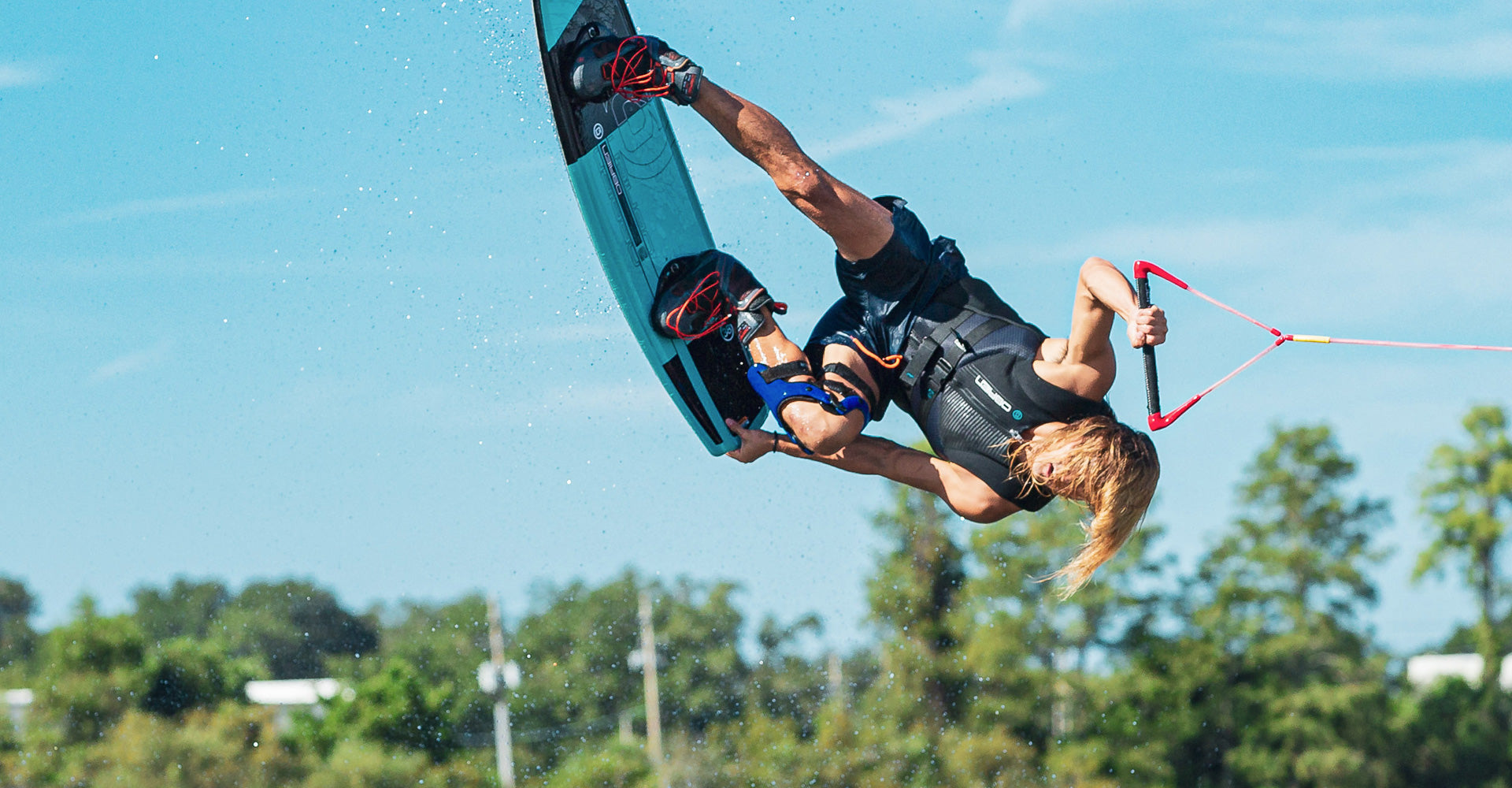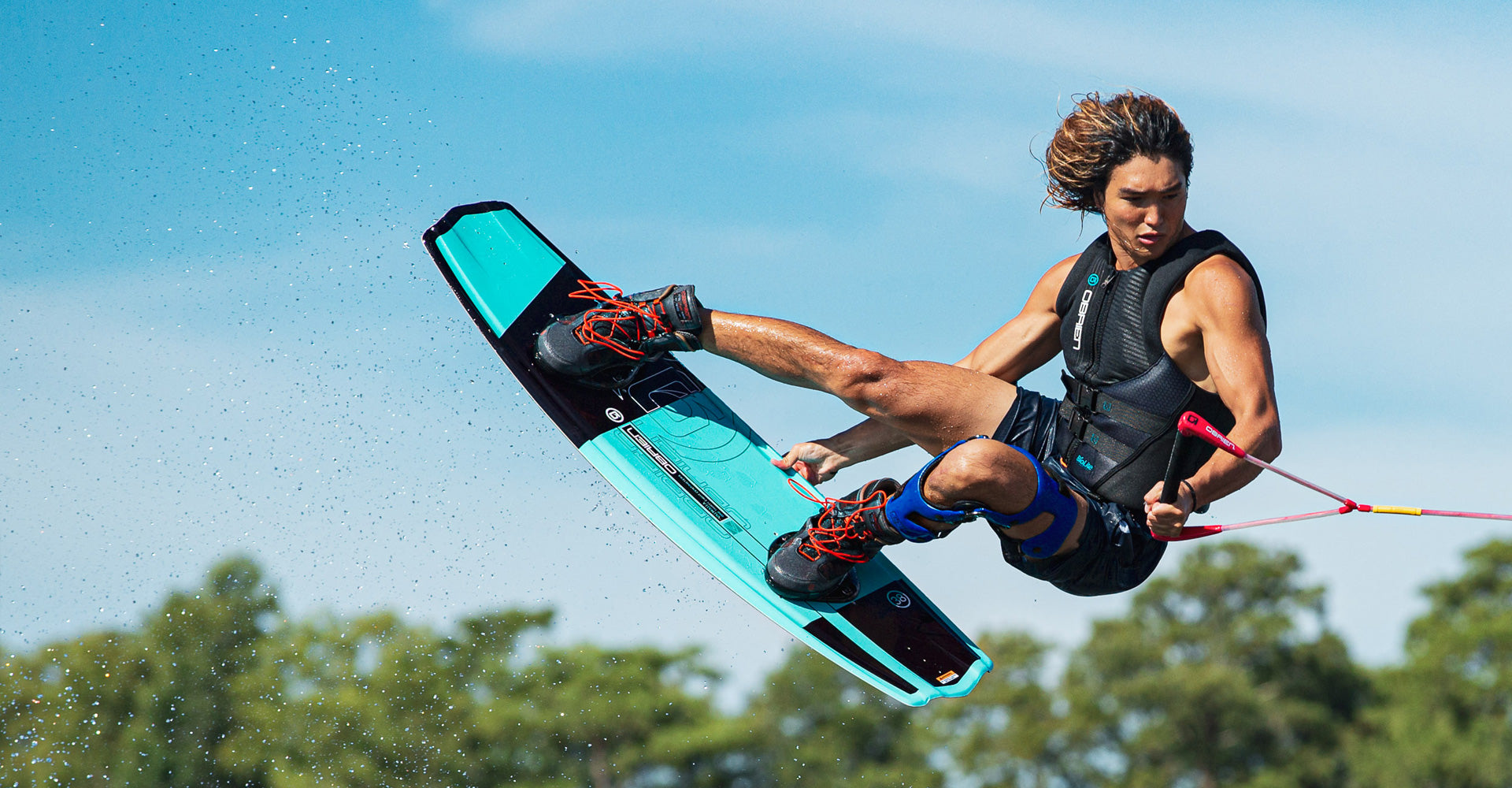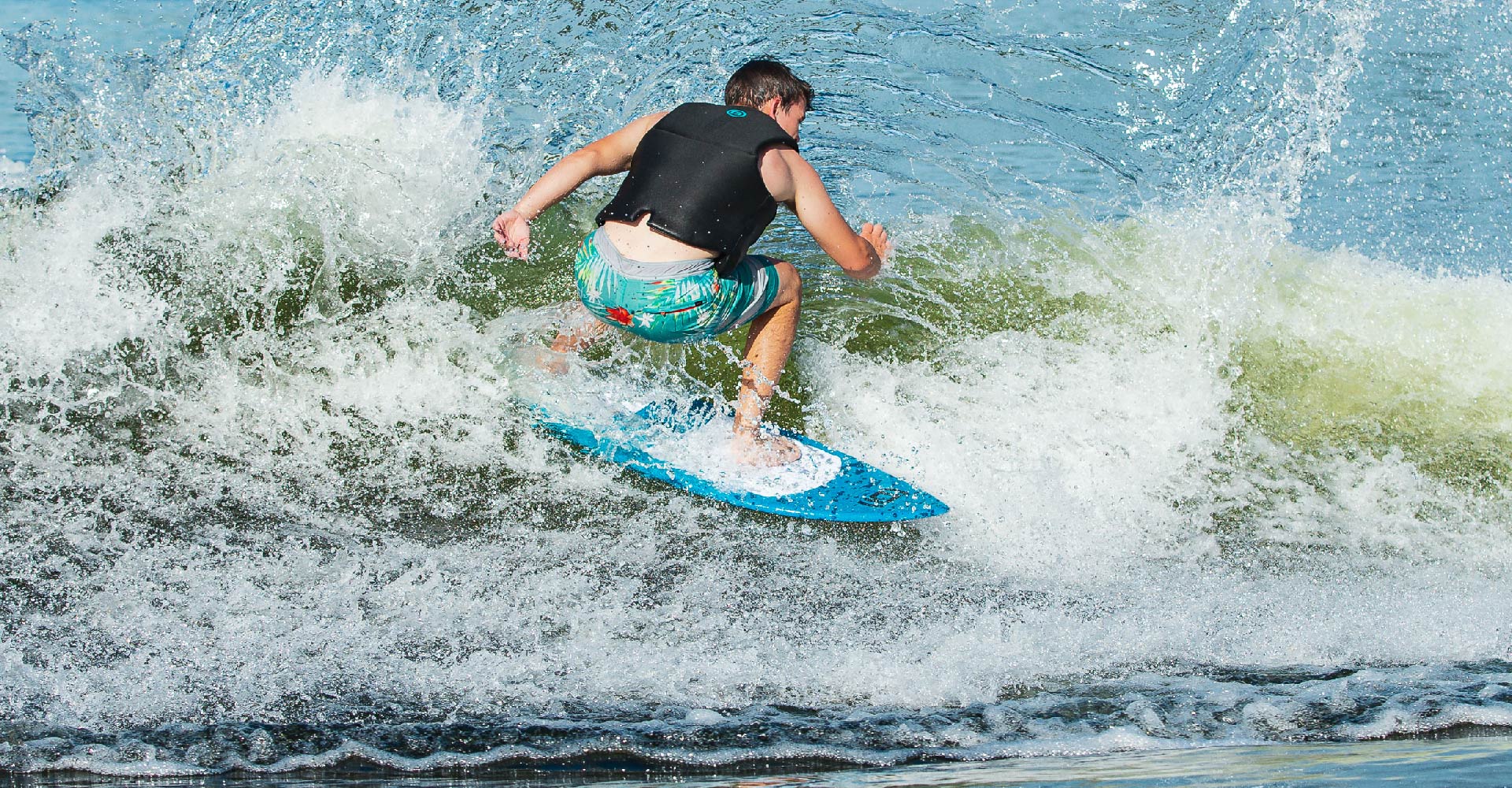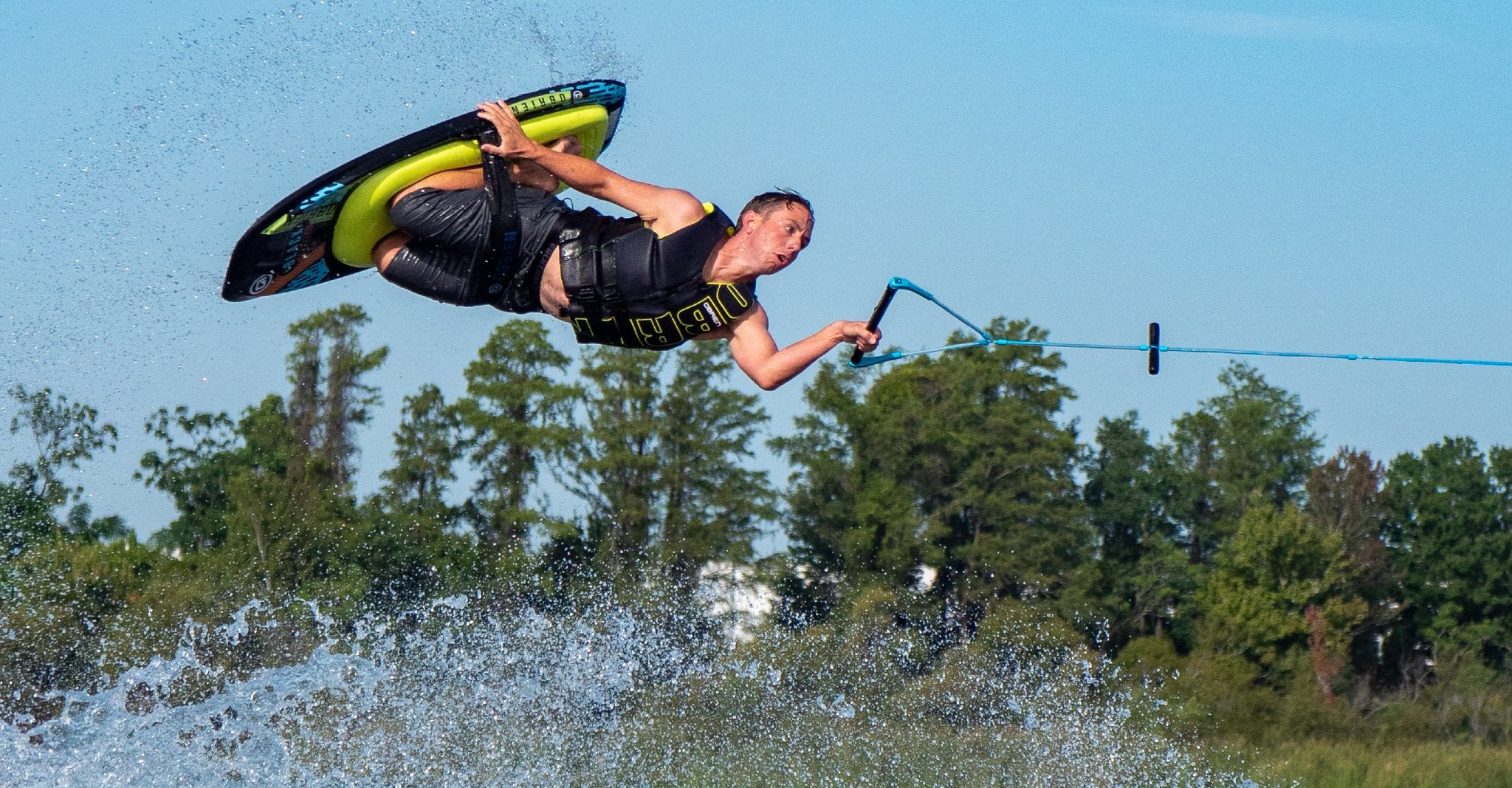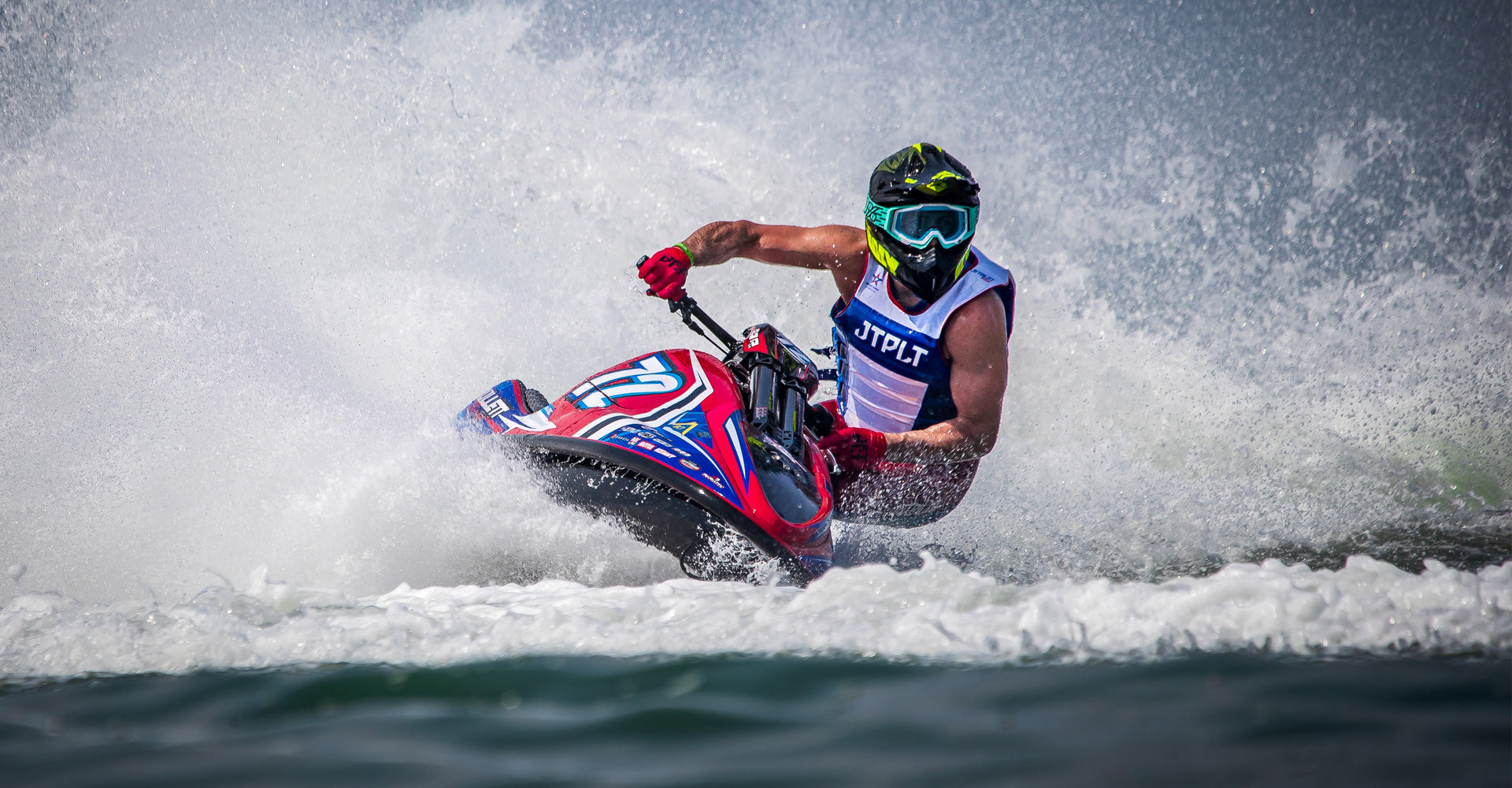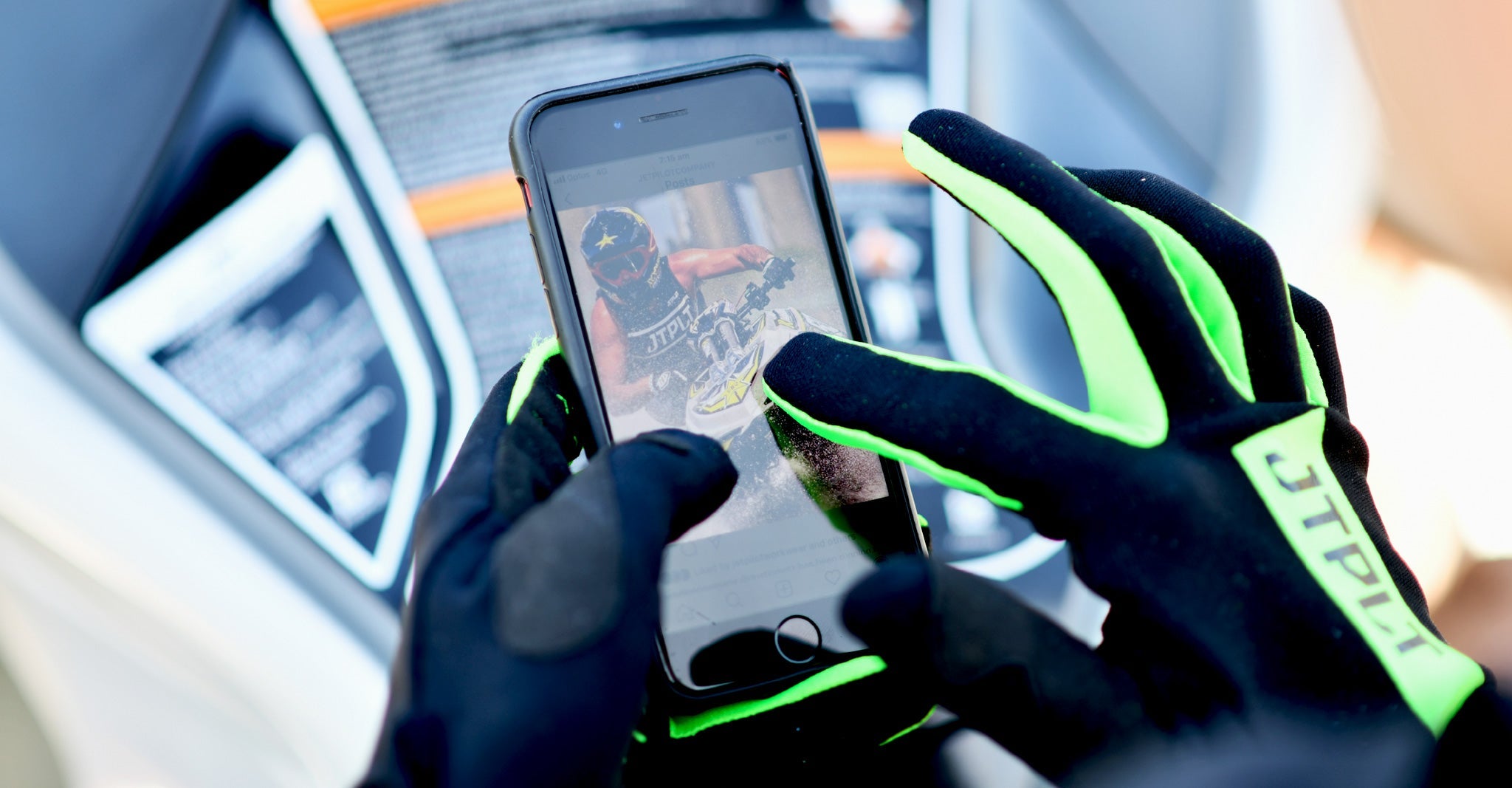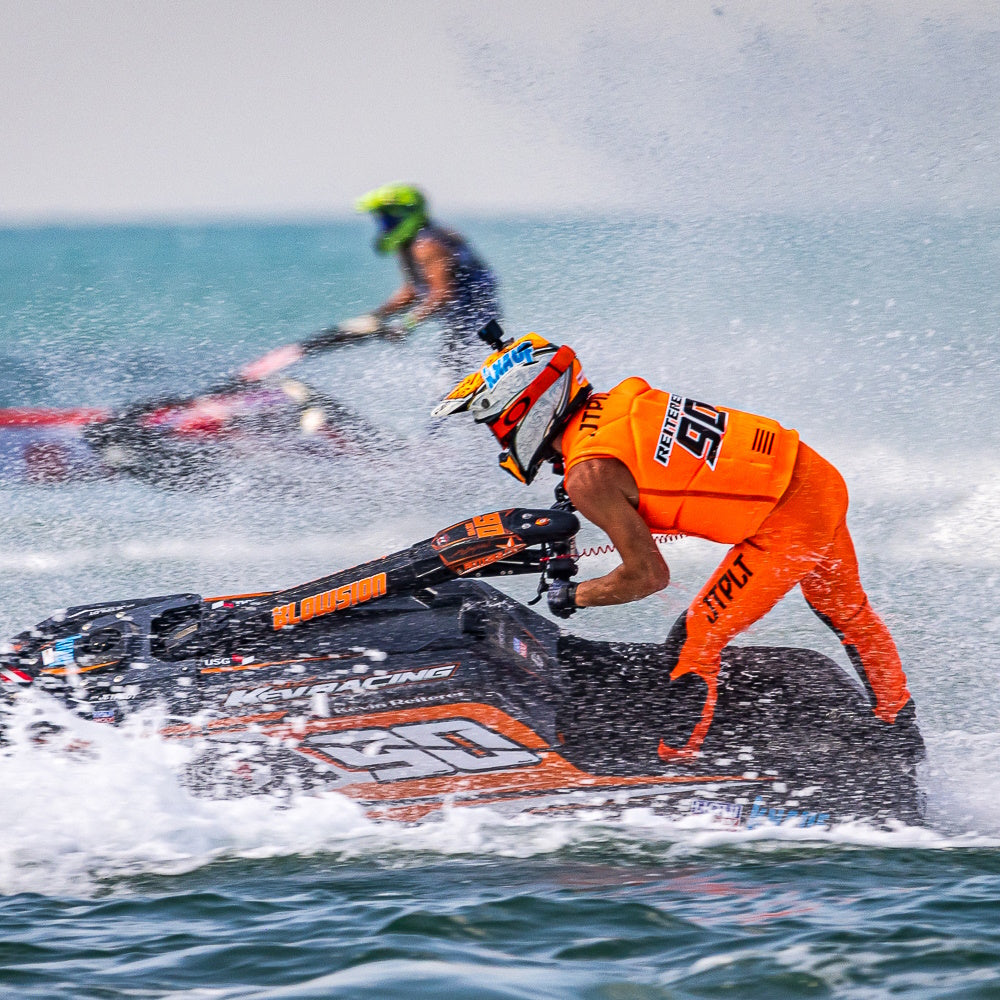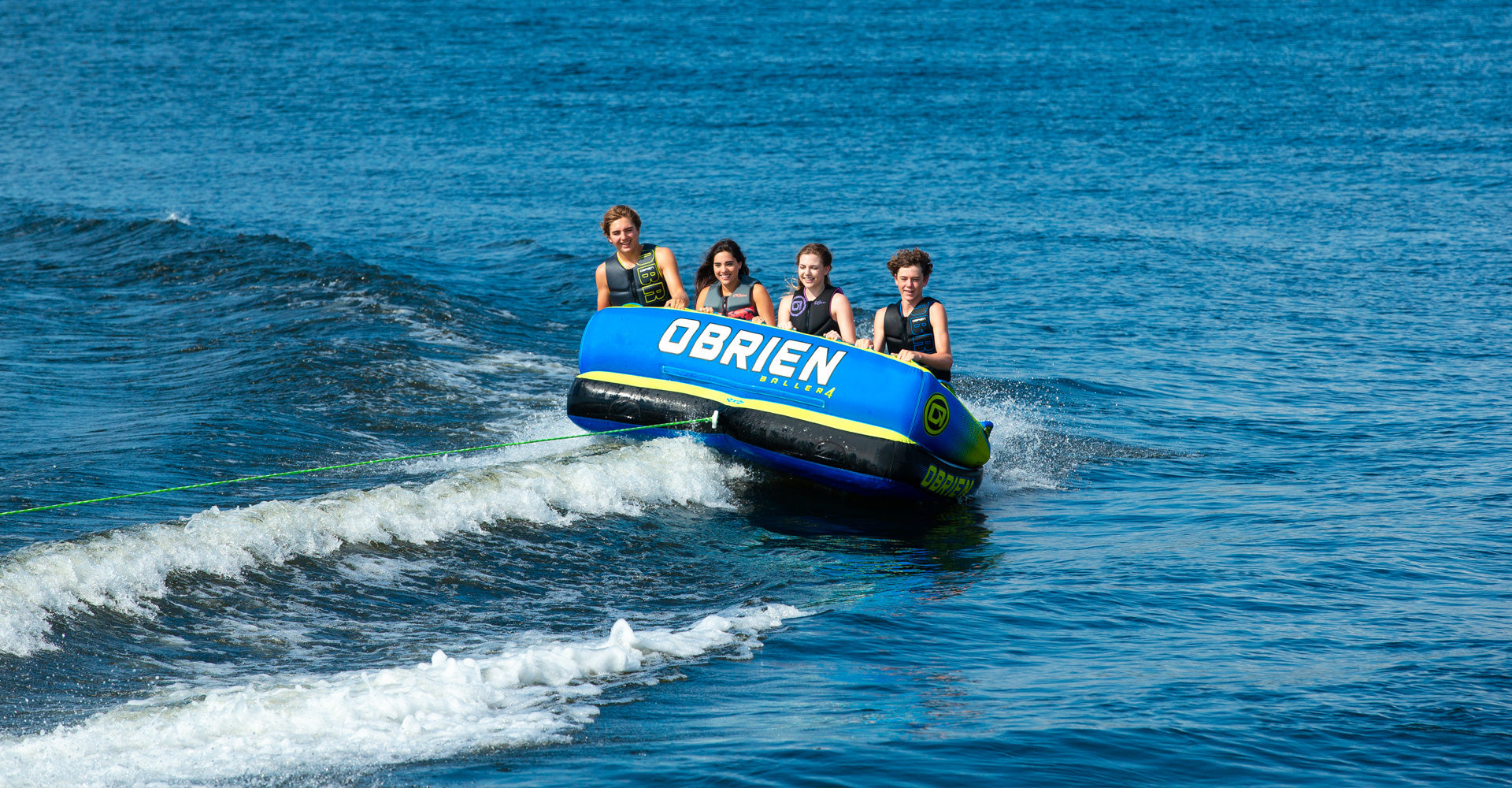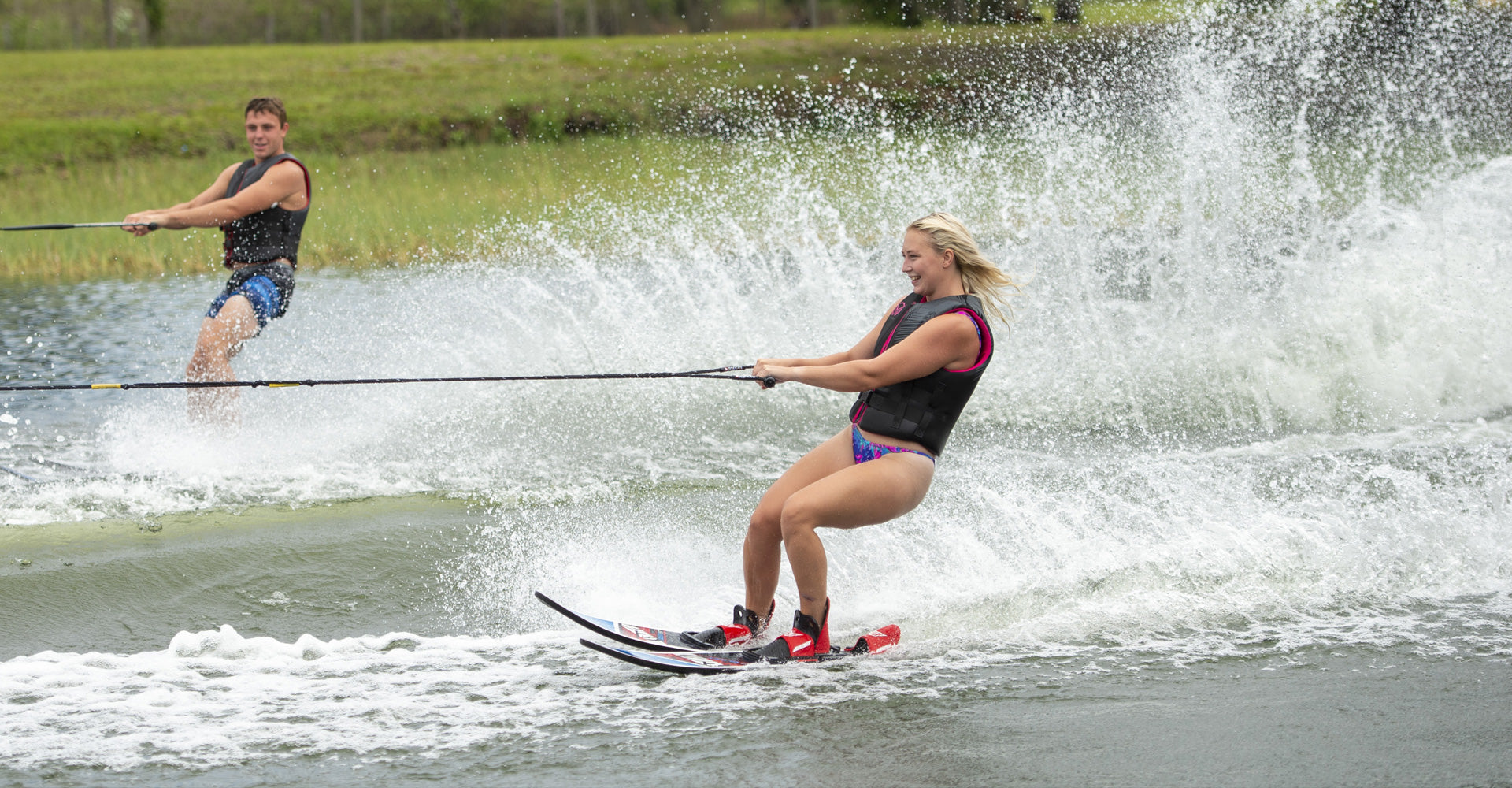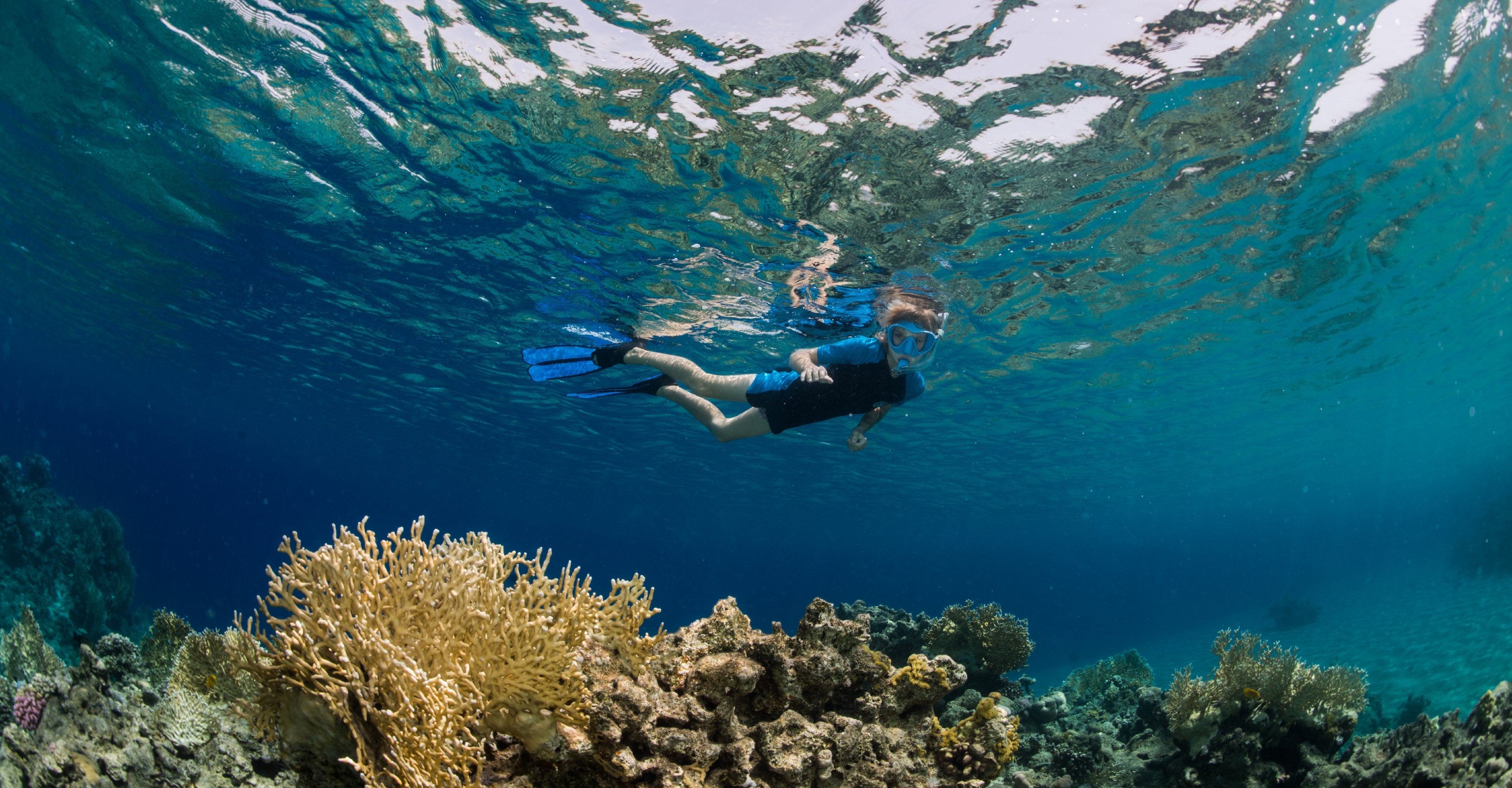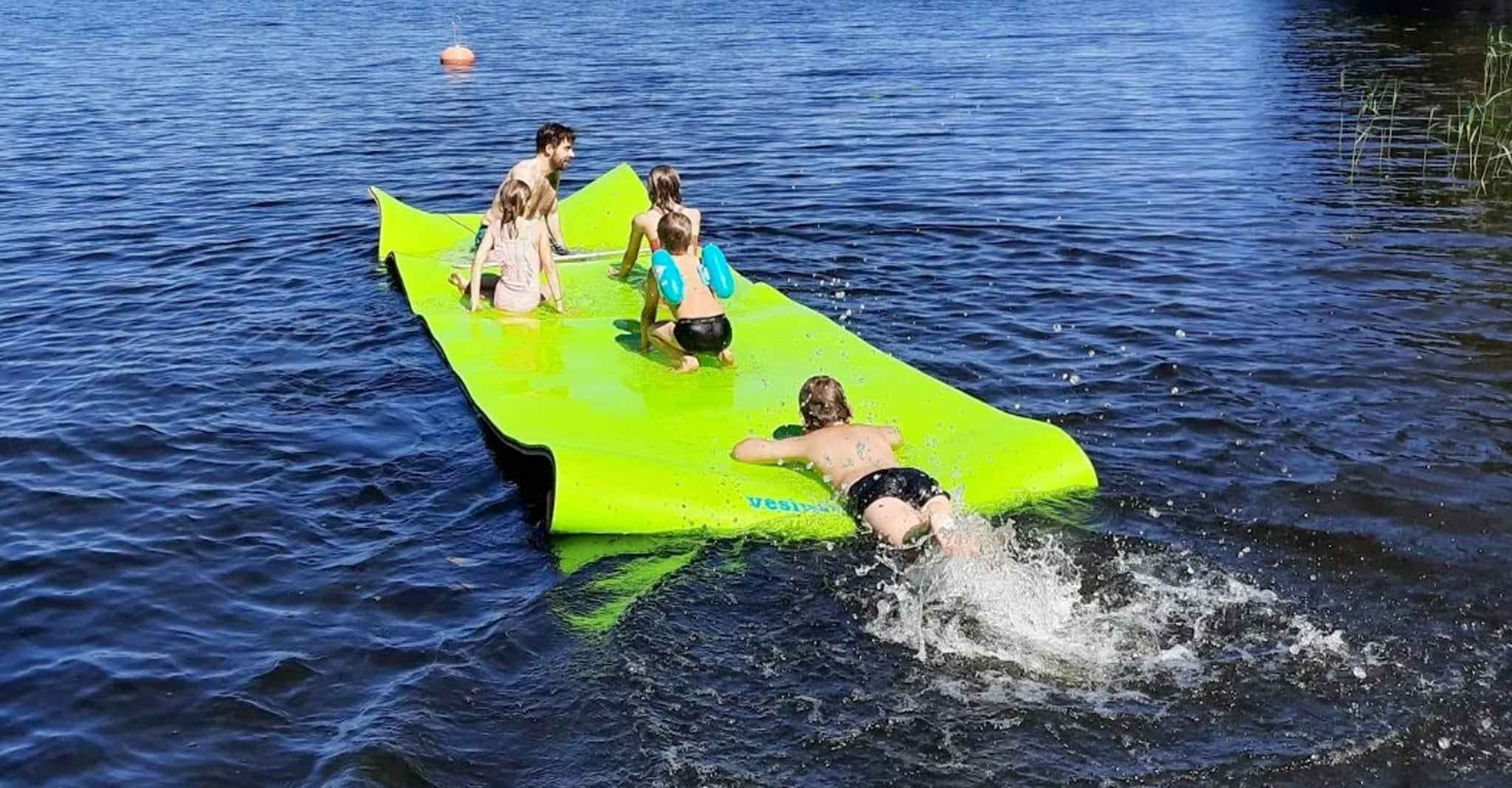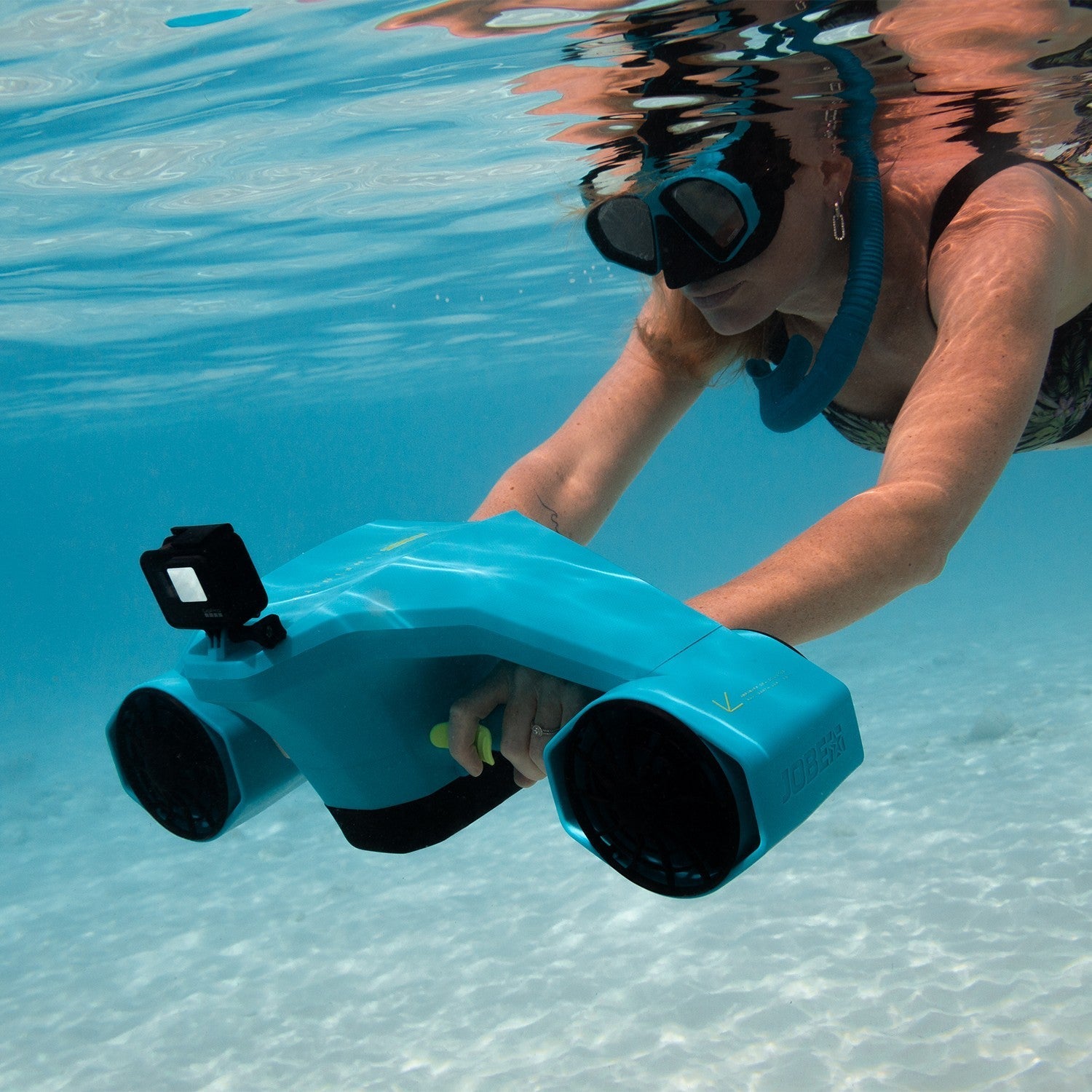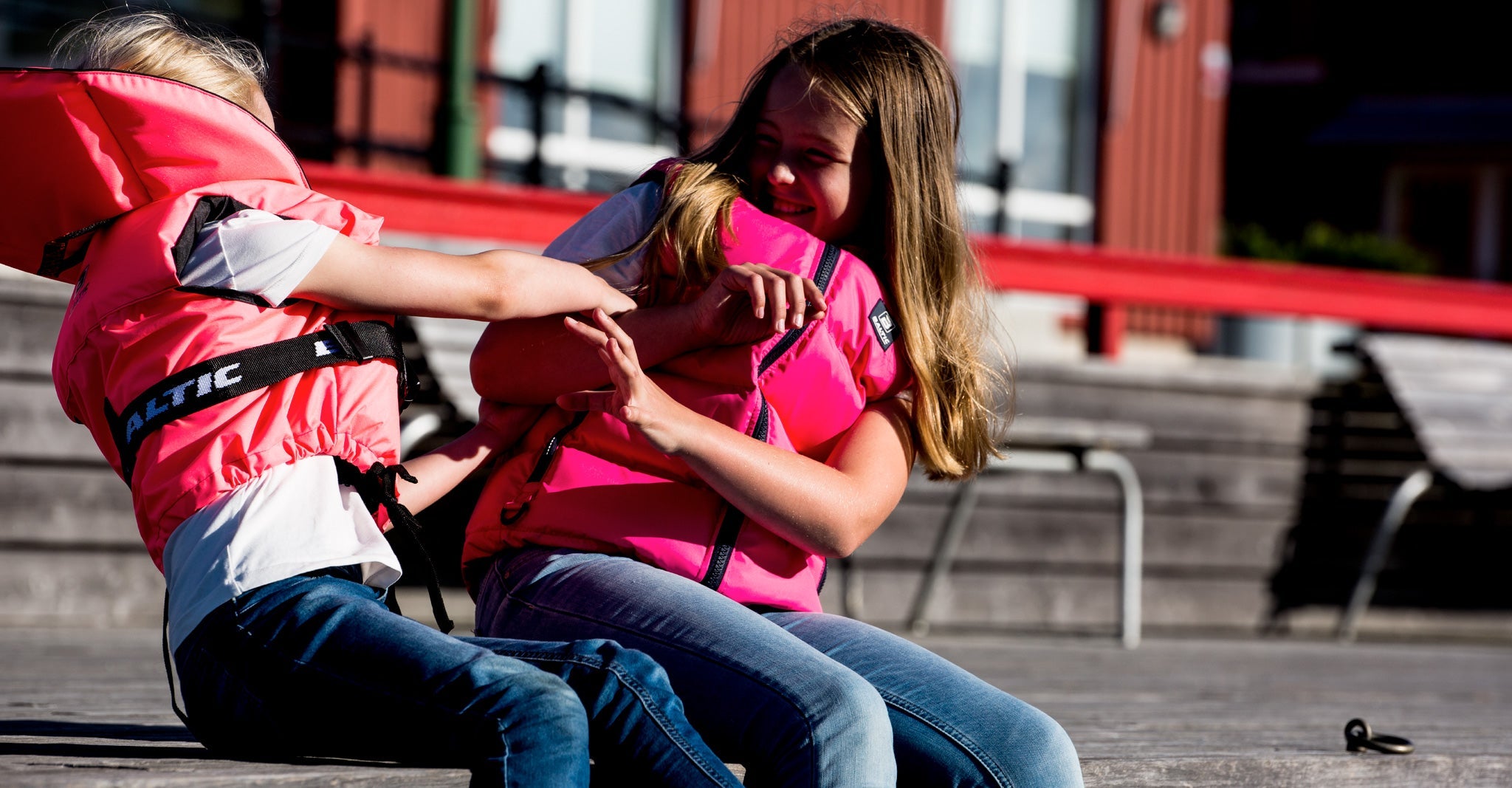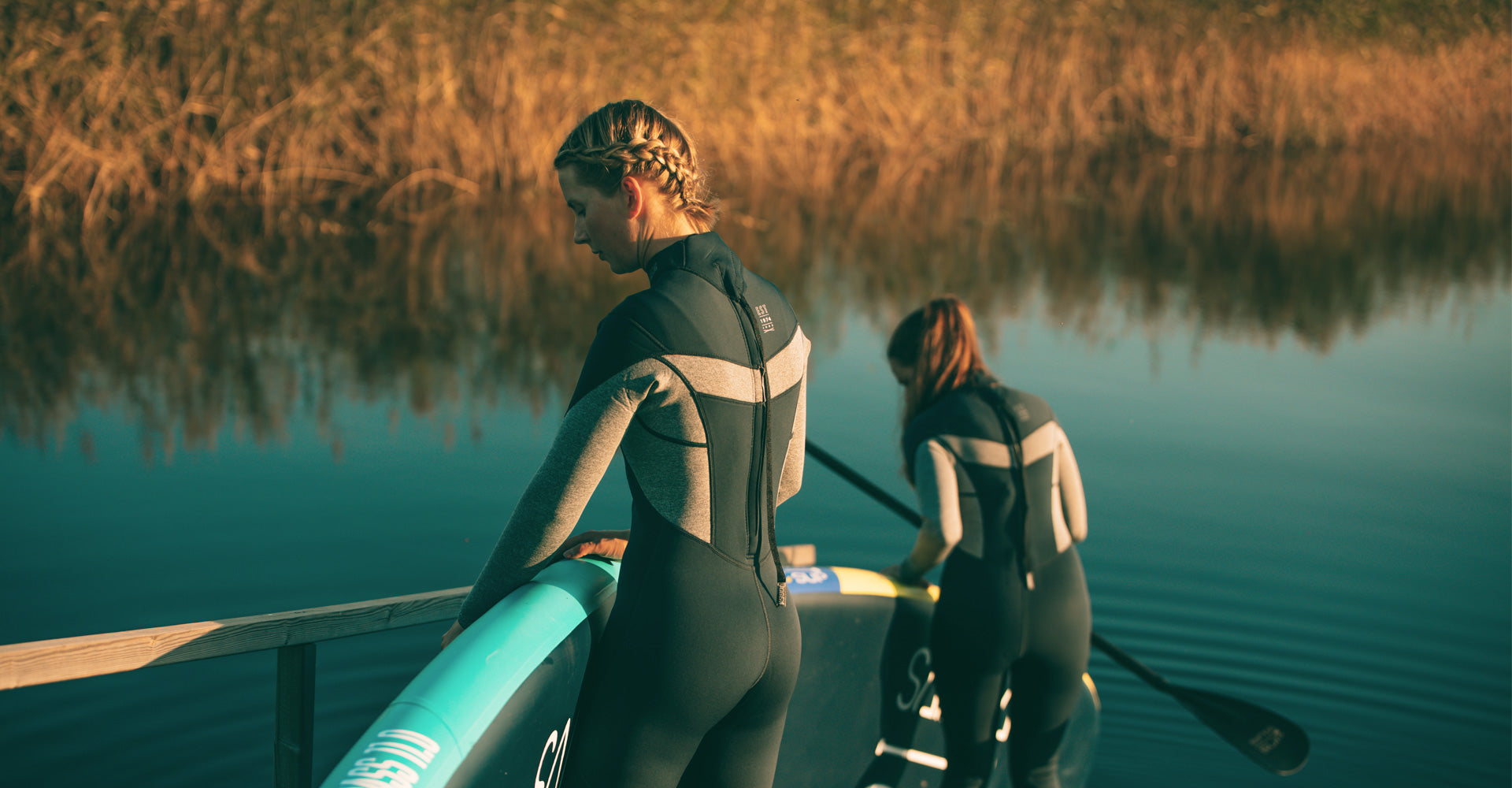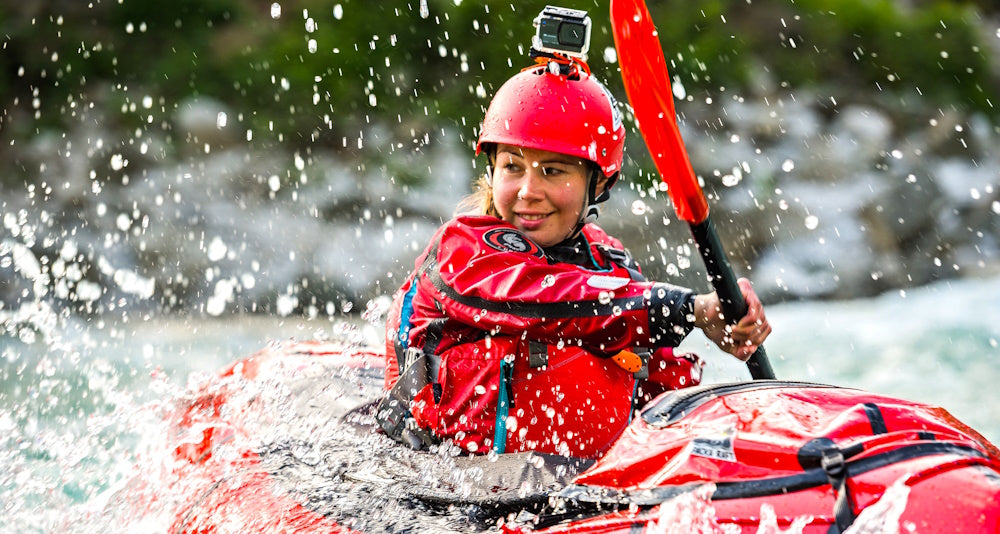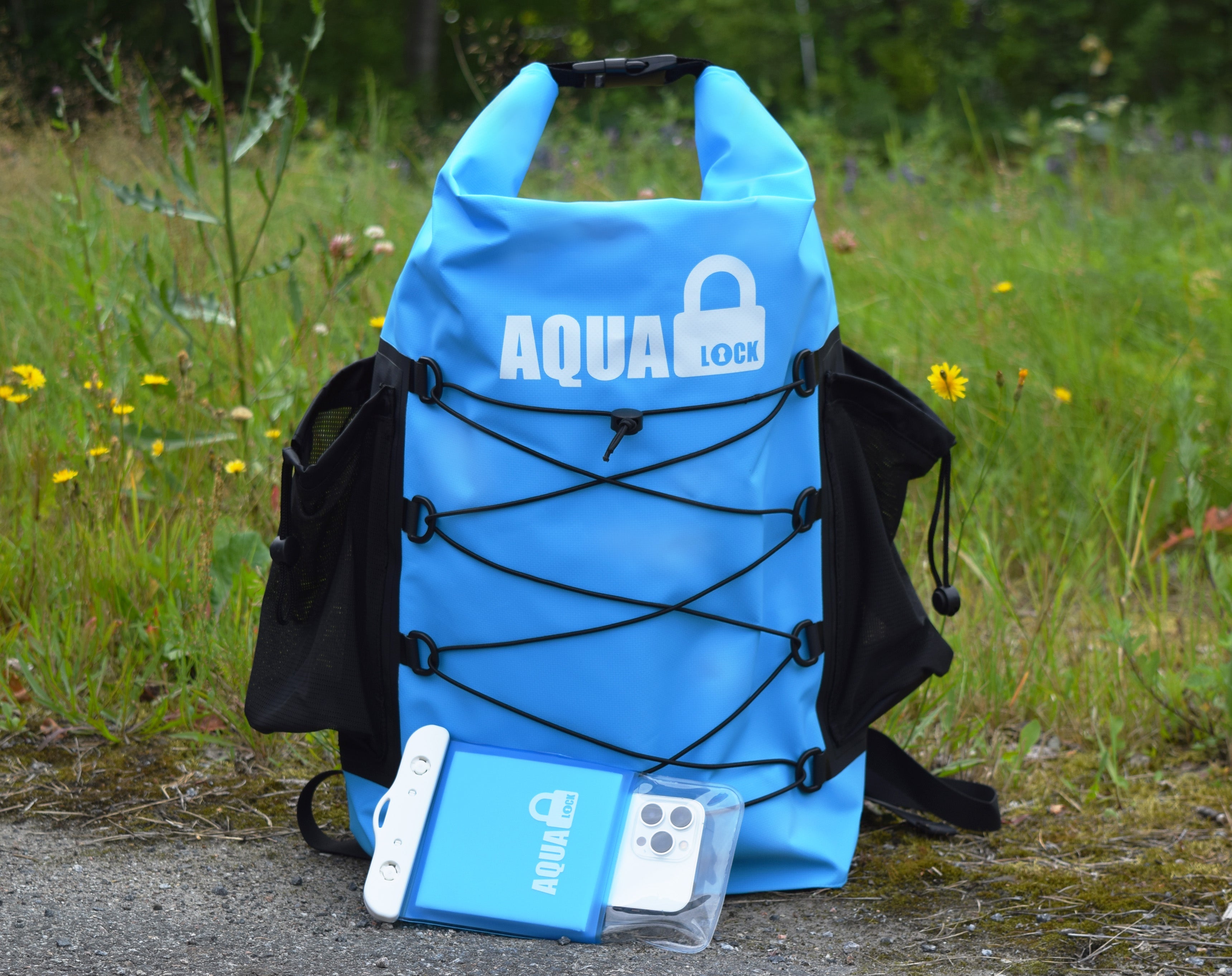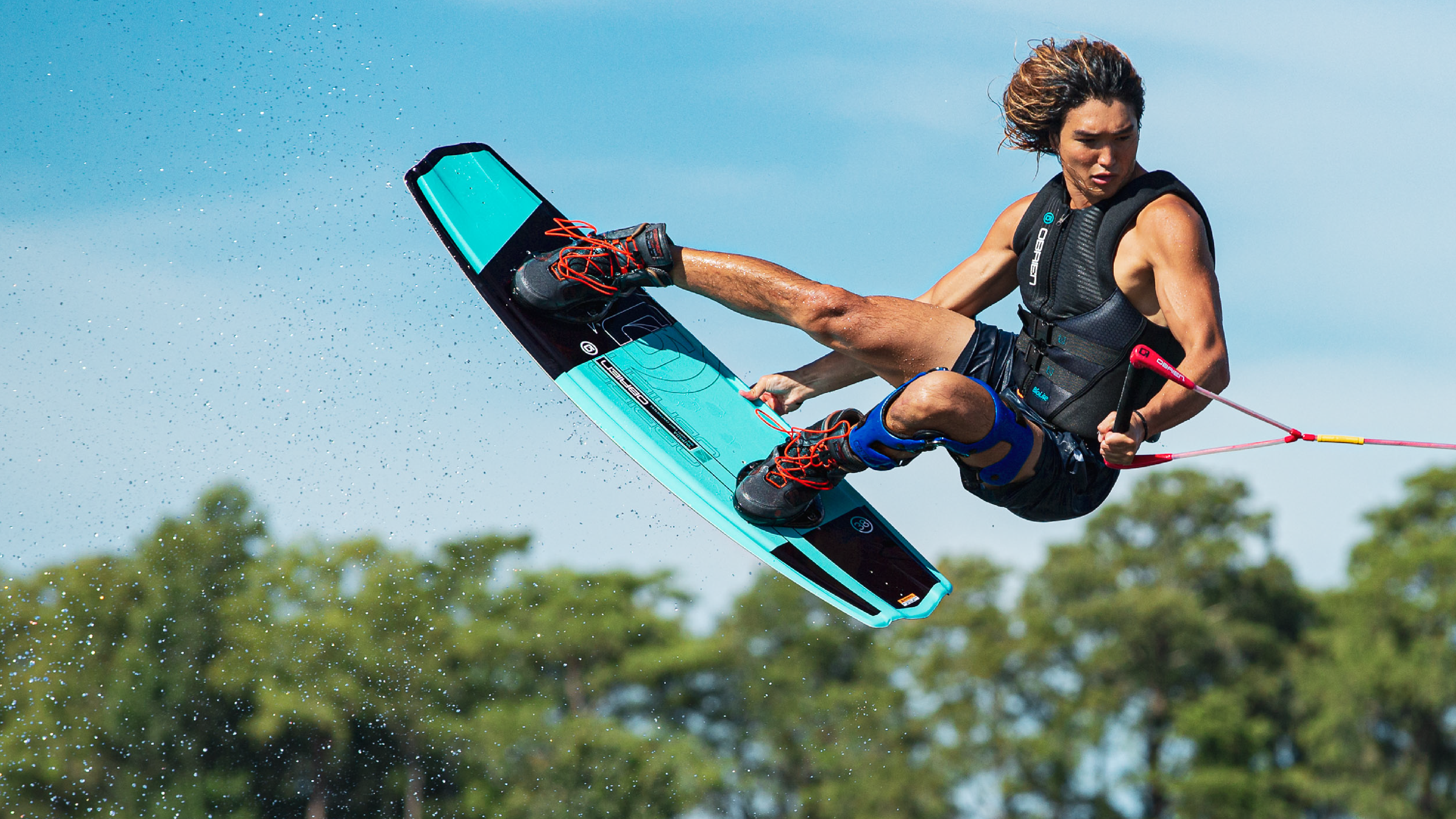Instructions for starting wakeboarding
How to get up on a wakeboard, what is the right pulling speed are questions that beginner wakeboarders often ask. In this guide you can read tips on wakeboarding. The boat doesn't have to be big, just a normal fishing boat will get you into the sport just fine. Even a 20-horsepower engine can lift a 100-pound wakeboarder. There are three different ways of starting: from the water on the board, from the water under the board and from the dock.
Departure from the water, with the board partly on the surface. Hold the board transversely to the boat, so that the top of the board is 5-10cm from the boat. Keep your feet on a small hook and your hands straight on the cleat. As the boat driver slowly increases the throttle and the board comes to rest, put some weight on the back foot and tilt the front foot towards the boat to bring the board parallel to the boat. You can adjust your rate of lift by pulling your hands on the hook, which will help the board rise better out of the water. Once the board planes (glides) comfortably, shift your weight to the middle of the board (a little back weight is a good balance) push your hips forward, straighten your arms and enjoy the ride!
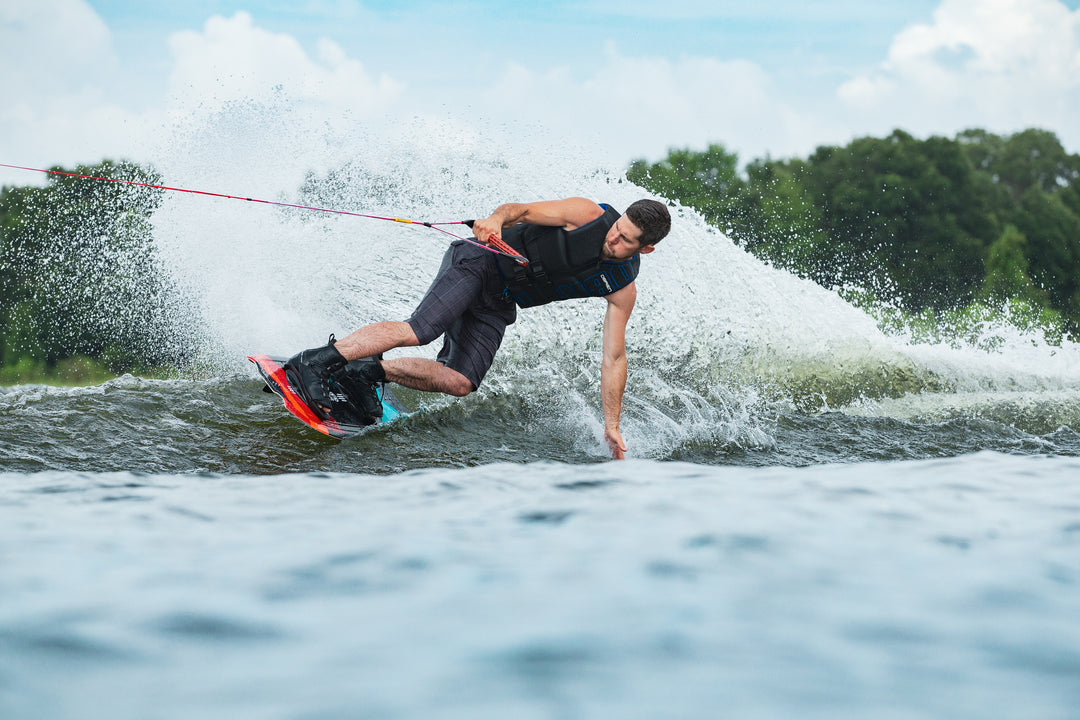
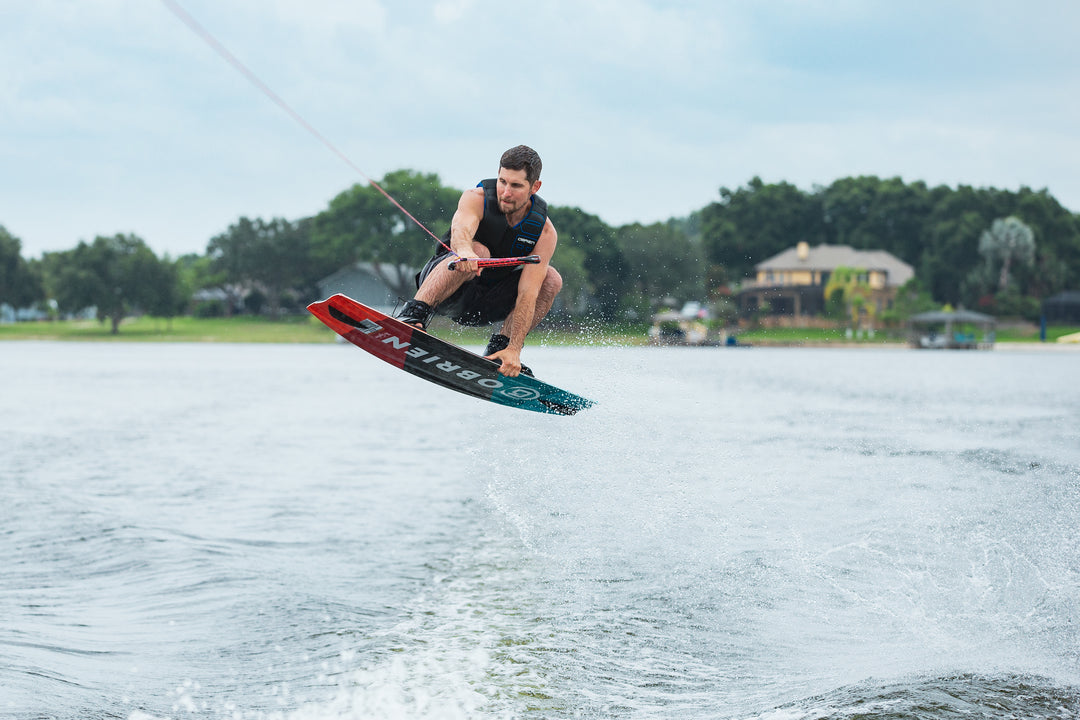
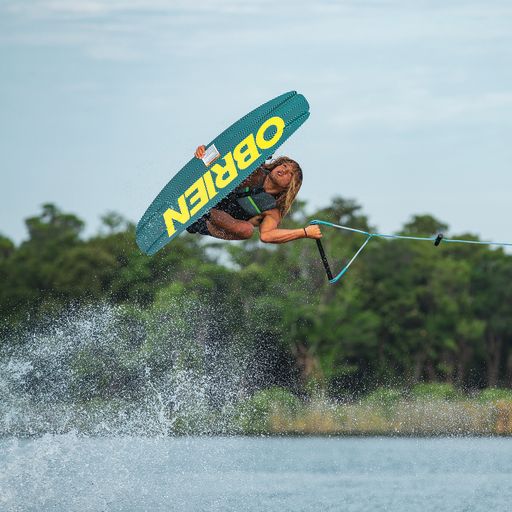
Stand on a board transverse to the boat with the front edge of the board higher than the back edge of the board, so your toes are about 5cm higher than your heels. Keep the waterline at chest height. The legs can be almost straight, but do not overstretch the feet. Hold the string with your arms straight. Show the driver the starting signal. The rider slowly increases the throttle, causing the board to start climbing towards the surface. When you reach the surface, turn the board to face the boat, push your hips forward, straighten your arms and enjoy the ride!
Launching from the dock is only recommended for experienced surfers - remember to wear a helmet! Stand on the edge of the dock, crosswise to the direction of departure. The boat driver will slowly (at crawling speed, with gears only) start to tighten the tow rope. When the rope is almost taut (30cm slack), the skipper will apply a fair amount of throttle and lift the boat into the slip. At the same moment, the wakeboarder jumps forward from the dock into the water and turns the board longitudinally in the air in relation to the boat - and lo and behold, the board immediately planes and there's no need to plough the launch at all!
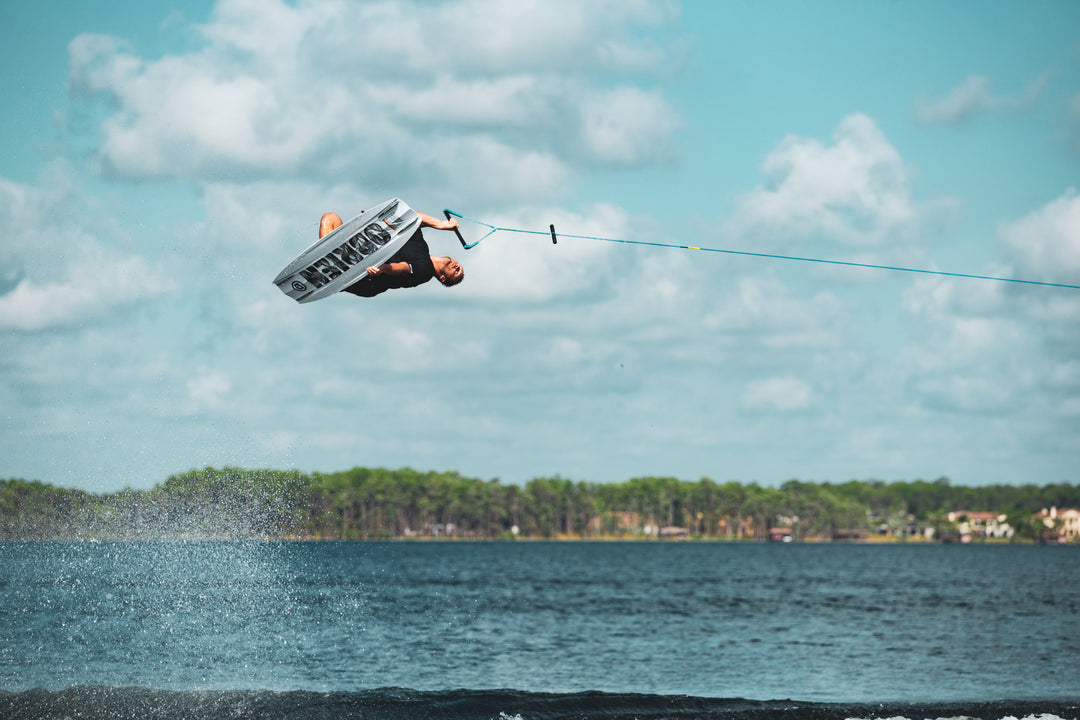
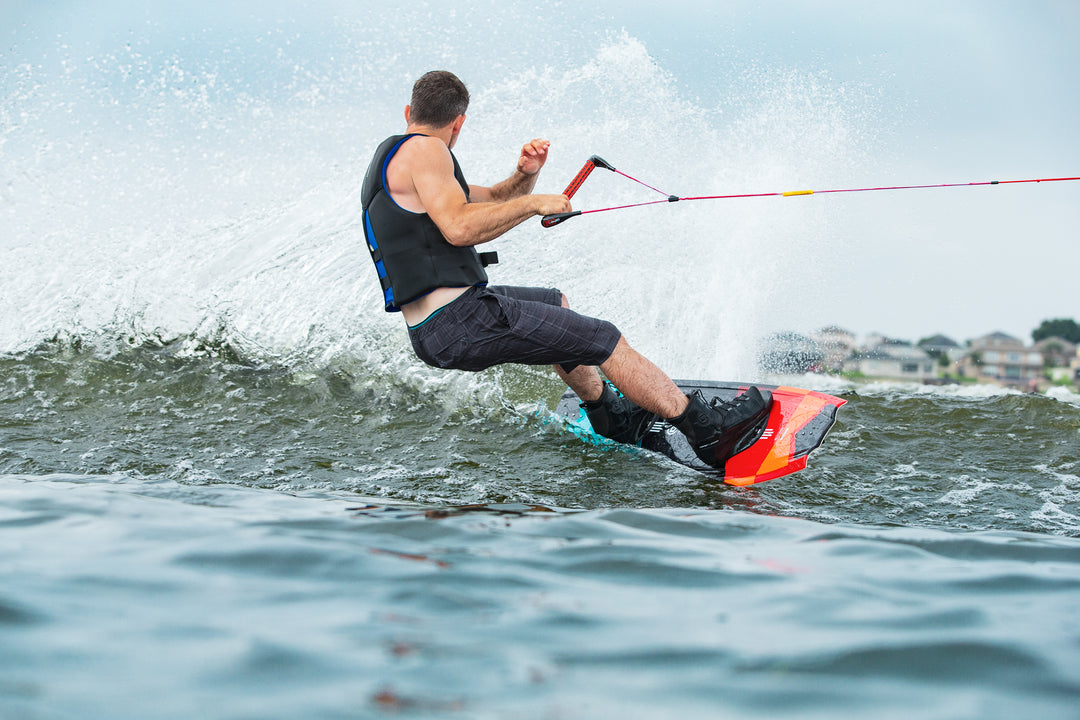
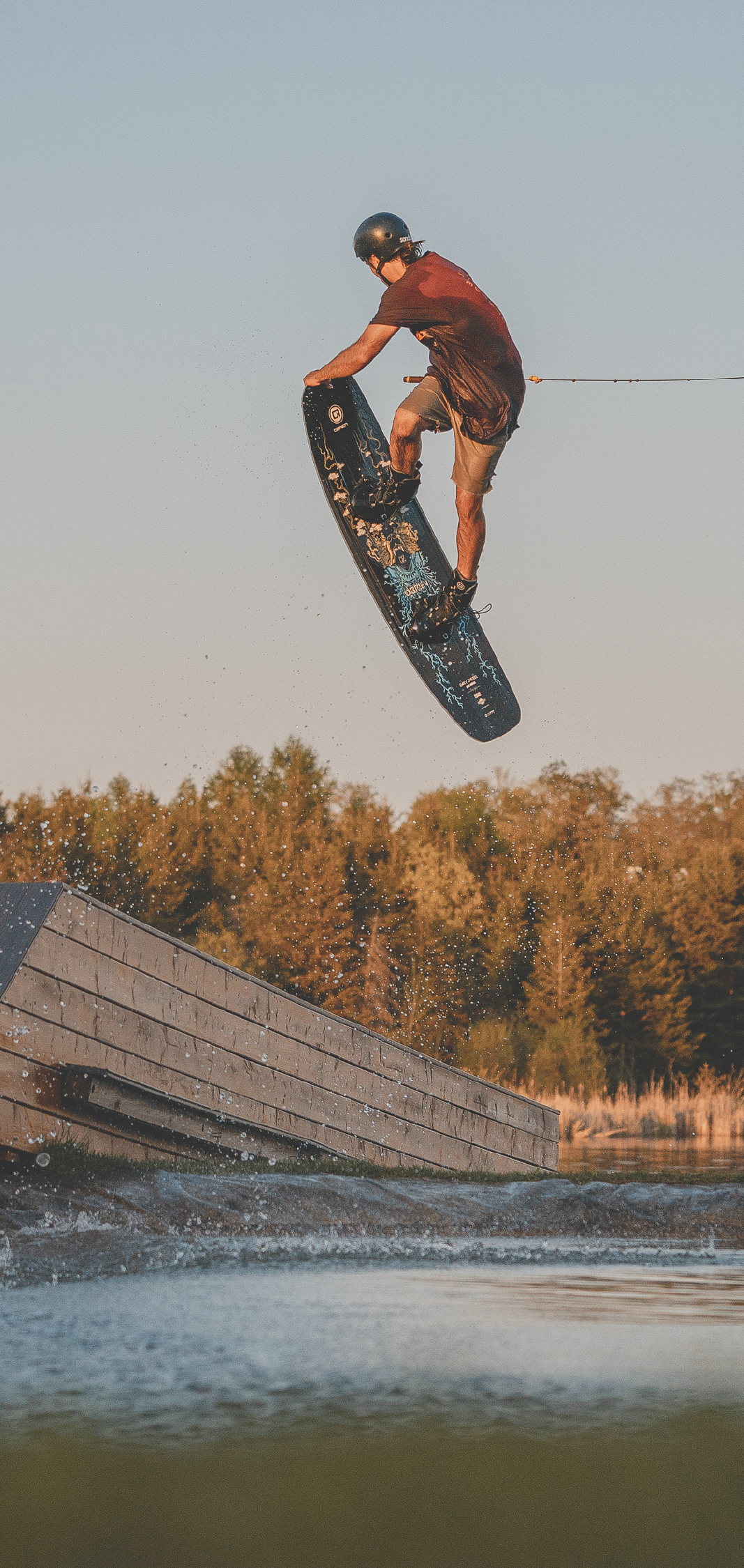
tips from
Learn the correct driving position first. Arms straight, hips in front (don't let the hips drop back - this often happens when you lose power!) weight very gently on the back foot. Learn how your board behaves: shift your weight to your toe (front), so that your board starts to turn to the right if you put your left foot in front. Then shift the weight to the heel heel and you will see how the board starts to turn to the left. Then learn to ride over the waves. Gradually start to experiment with tighter and tighter turns.
If you want to learn how to jump, start without a wave to get air under the board, or "stay". Then move to the wave to practise. Approach the wave at a low speed at first and gradually increase the speed, i.e. the straps become tighter. If you want to start jumping bigger jumps, keep your core tight, the string tight and carry towards the wave. It's important here not to let your midsection collapse as you enter the wave, as any energy going up will die here. On a wakeboard, you don't push, the middle part of the board generates the upward energy.
You should start by learning to weave with the weaker foot in front, so that you no longer notice which is the stronger foot to go ahead. Then you should practice 180 degree turns on the water. With weight distribution, make sure you don't bite your front or back heels, as this will produce fast pans! Learn to do 180 degrees on the water in each of four ways: first the stronger leg in front rotates frontside and then backside 180 degrees. Then the weaker foot in front (switch), same thing. Once you get the hang of this in your sleep, continue learning to rotate by doing 360 degrees on the water surface in the four different ways. You will then have a strong base to transfer the tricks into the air and build on the more challenging tricks you have learned.


